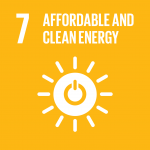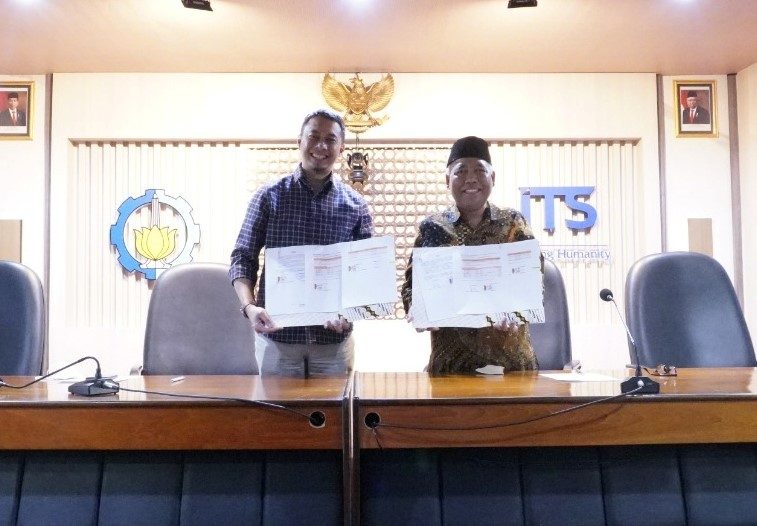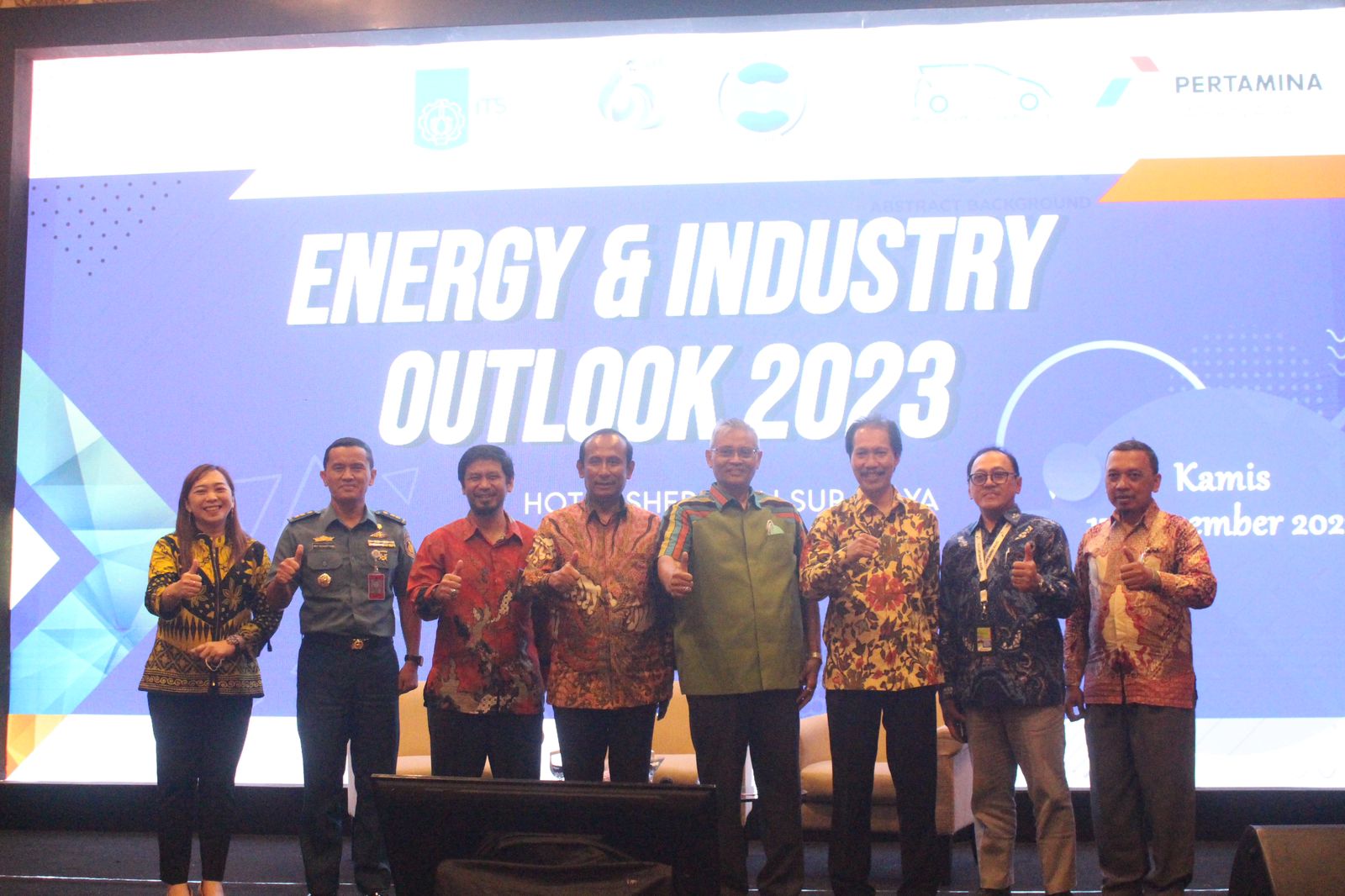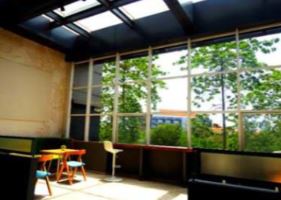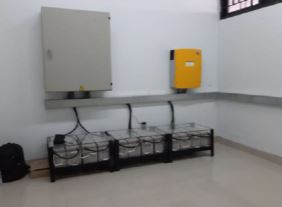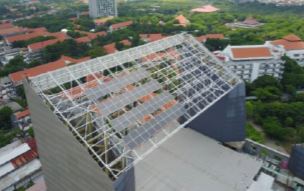“After water and food, energy is one of the key enablers of human life. Energy is central to nearly every major challenge and opportunity the world faces today and access to energy for all is essential. But energy needs to be available and affordable to all to allow future development, and it needs to be clean in order to ensure that the development can be sustainable.”
(THE Impact Rankings)
SDG 7: AFFORDABLE AND CLEAN ENERGY
University Measures towards Affordable and Clean Energy
Rector Statement Letter to ITS’ Commitment on Achieving Sustainable Development Goals (SDGs)
ITS with its “Advancing Humanity” motto is committed to contributing to the achievement of SDGs by becoming a sustainable and environmentally friendly campus. The commitment is shown by the Rector’s Statement Letter in achieving the Sustainable Development Goals. Chapter 3 point l of the Rector’s Statement Letter provides a policy for energy efficiency.
Campus Masterplan Preparation Sepuluh Nopember Institute of Technology Sukolilo 2020-2045 for Energy Efficient Renovation and Building
As there is an urge to answer challenges as Entrepreneurial University in the field of science and technology, problems of facilities and infrastructure, infrastructure & utility issues as well as optimizing zoning & asset utilization and the need for site planning including buildings to support better facilities and infrastructure, Masterplan 2020-2045 acts as a guide in in ITS Masterplan Compilation, updating the physical database in the ITS Environment as well respond to dynamic changes and prepare a plan medium term development.
Improving Building at ITS with Renewable Energy
Upgrading existing buildings to higher energy efficiency is the way in addressing the pressing issues of climate change and sustainable resource utilization. Improved energy efficiency in buildings significantly reduces energy consumption, leading to a decrease in greenhouse gas emissions and a more responsible use of energy resources. This not only helps overcome environmental challenges but also leads to substantial cost savings for the university. ITS in total has produced 216605 kWh/ year from solar power, biodiesel, and clean biomass that help to efficient the energy and transform to the clean one.
Campus Masterplan Preparation Sepuluh Nopember Institute of Technology Sukolilo 2020-2045 for Energy Efficient Renovation and Building
As there is an urge to answer challenges as Entrepreneurial University in the field of science and technology, problems of facilities and infrastructure, infrastructure & utility issues as well as optimizing zoning & asset utilization and the need for site planning including buildings to support better facilities and infrastructure, Masterplan 2020-2045 acts as a guide in in ITS Masterplan Compilation, updating the physical database in the ITS Environment as well respond to dynamic changes and prepare a plan medium term development.
ITS Program in Reducing Greenhouse Gas Emission
The program that ITS has in reducing Greenhouse Gas (GHG) emission consists of 3 emission scopes. Scope 1 accommodates Stationary Combustion, Mobile Combustion, Process Emissions, and Fugitive Emissions. Scope 2 is about Purchased Electricity. While Scope 3 talks about Waste, Purchased Waste, and Commuting. All of those scopes support ITS to reducing Greenhouse Gas emission in campus area.
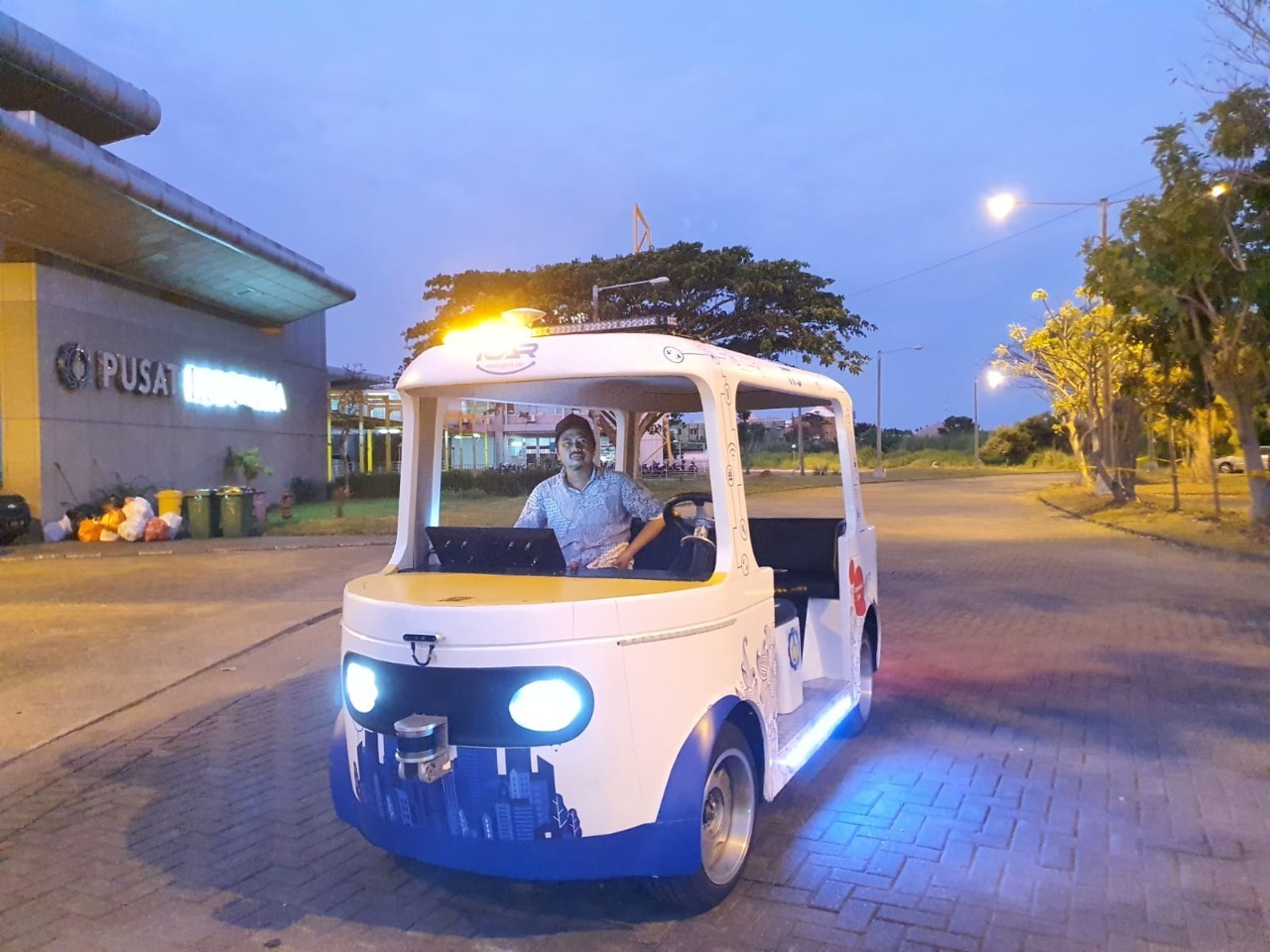
ITS Program Towards Green Building
Implementing green building initiatives on campus is essential in combating climate change and reducing carbon emissions. By constructing or retrofitting buildings to meet environmentally friendly standards, educational institutions can significantly decrease their carbon footprint. Green buildings utilize sustainable materials, energy-efficient systems like solar panels, LED lighting, and improved insulation, reducing energy consumption and reliance on fossil fuels. ITS supporting green building in several ways such as implement natural lightning, vertical garden, natural ventilation, etc.
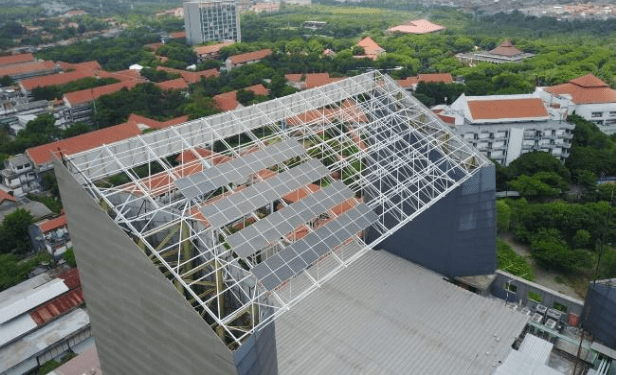
Rector Statement Letter to ITS’ Commitment on Achieving Sustainable Development Goals (SDGs)
ITS with its “Advancing Humanity” motto is committed to contributing to the achievement of SDGs by becoming a sustainable and environmentally friendly campus. The commitment is shown by the Rector’s Statement Letter in achieving the Sustainable Development Goals. Chapter 3 point l of the Rector’s Statement Letter provides a policy for energy efficiency.
Improving Building at ITS with Renewable Energy
Upgrading existing buildings to higher energy efficiency is the way in addressing the pressing issues of climate change and sustainable resource utilization. Improved energy efficiency in buildings significantly reduces energy consumption, leading to a decrease in greenhouse gas emissions and a more responsible use of energy resources. This not only helps overcome environmental challenges but also leads to substantial cost savings for the university. ITS in total has produced 216605 kWh/ year from solar power, biodiesel, and clean biomass that help to efficient the energy and transform to the clean one.
Electricity Usage at ITS
Monitoring electricity usage efficiency is crucial for several reasons, particularly in the context of sustainability and cost-effectiveness. By consistently tracking electricity consumption in buildings, institutions can identify patterns, inefficiencies, and areas for improvement, leading to more strategic energy management. This monitoring allows for the implementation of targeted measures such as upgrading to energy-efficient appliances, optimizing lighting systems, and adjusting heating or cooling settings, all of which contribute to reduced energy waste and lower utility costs. Additionally, tracking electricity usage efficiency aids in setting benchmarks and goals for conservation, encouraging a culture of responsible energy consumption on campus. ITS can manage and reduce electricity waste through monitoring the usage.
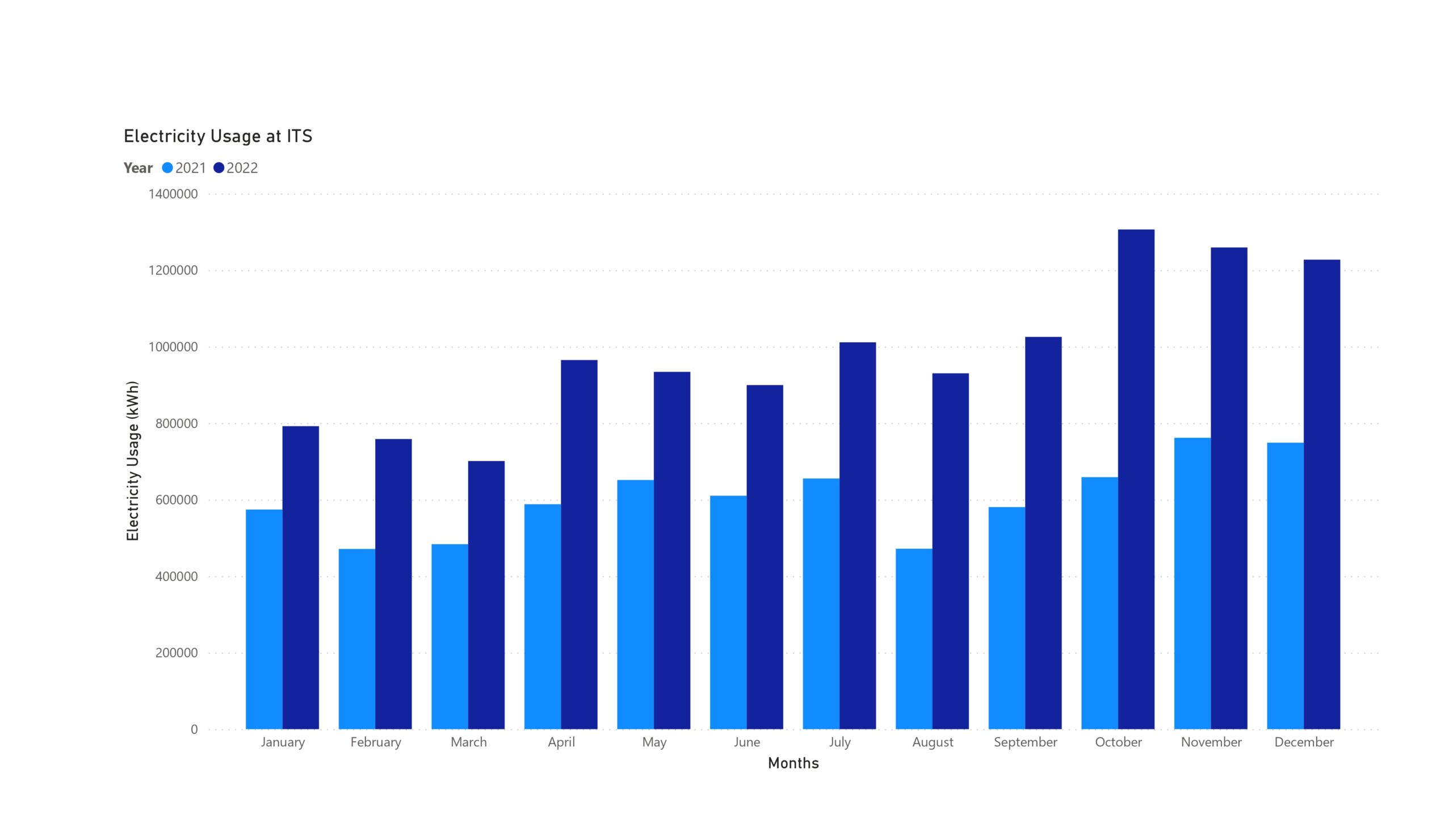
Rector Statement Letter to ITS’ Commitment on Achieving Sustainable Development Goals (SDGs)
ITS with its “Advancing Humanity” motto is committed to contributing to the achievement of SDGs by becoming a sustainable and environmentally friendly campus. The commitment is shown by the Rector’s Statement Letter in achieving the Sustainable Development Goals. Chapter 3 point l of the Rector’s Statement Letter provides a policy for energy efficiency.
Implementation of Divestment Policy
The adoption of renewable energy sources is paramount in addressing global climate challenges and transitioning towards a sustainable future. Utilizing renewable energy such as solar, wind, hydroelectric, and geothermal power significantly reduces reliance on finite fossil fuels, thereby mitigating greenhouse gas emissions and combating climate change. ITS has several action to implement the divestment policy such as using renewable energy, electric car, recycle water, etc. Through this program it hopes to support the environment a better condition.
Energy and the Community
ITS Designed a Greenhouse with a Photovoltaic-based Water Pump to Support Vegetable Food Needs.
Renewable energy technologies provide farmers with a reliable and clean power source, decreasing operational costs and increasing energy independence. Moreover, utilizing renewable energy can significantly cut greenhouse gas emissions associated with traditional farming practices, mitigating environmental impact and contributing to combating climate change. ITS team designed a hydroponic irrigation system in a greenhouse. The system is controlled automatically by a timer mounted on the battery box panel that is connected to the solar panel.
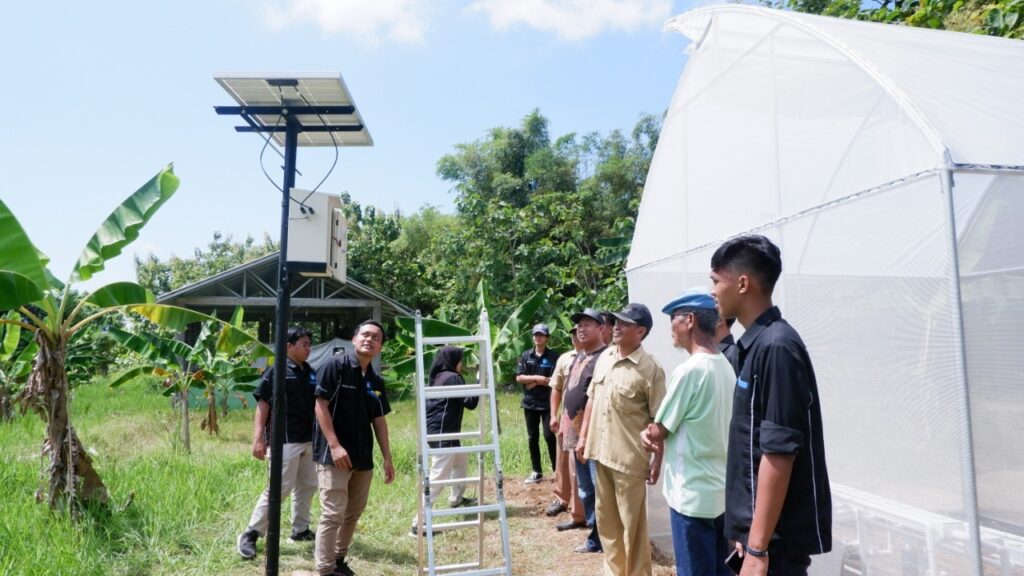
ITS and Toyota Campaign for the Integration of Carbon Emission-Free Technology
Starting his speech with the history of the industrial revolution, ITS Chancellor Prof. Dr. Ir Mochamad Ashari MEng IPU AEng, said the imbalance in carbon production has become a global problem. Indonesia has planned to play a role in reducing the amount of carbon to a neutral status by 2060. Ashari stated ITS became the center for the birth of NRE technology research, especially in the automotive sector. Through this seminar, Ashari hopes that the collaboration between ITS and Toyota, which has been going on since 2014, will lead to a plan to run a vehicle engineering conversion program from fuel oil to electricity.
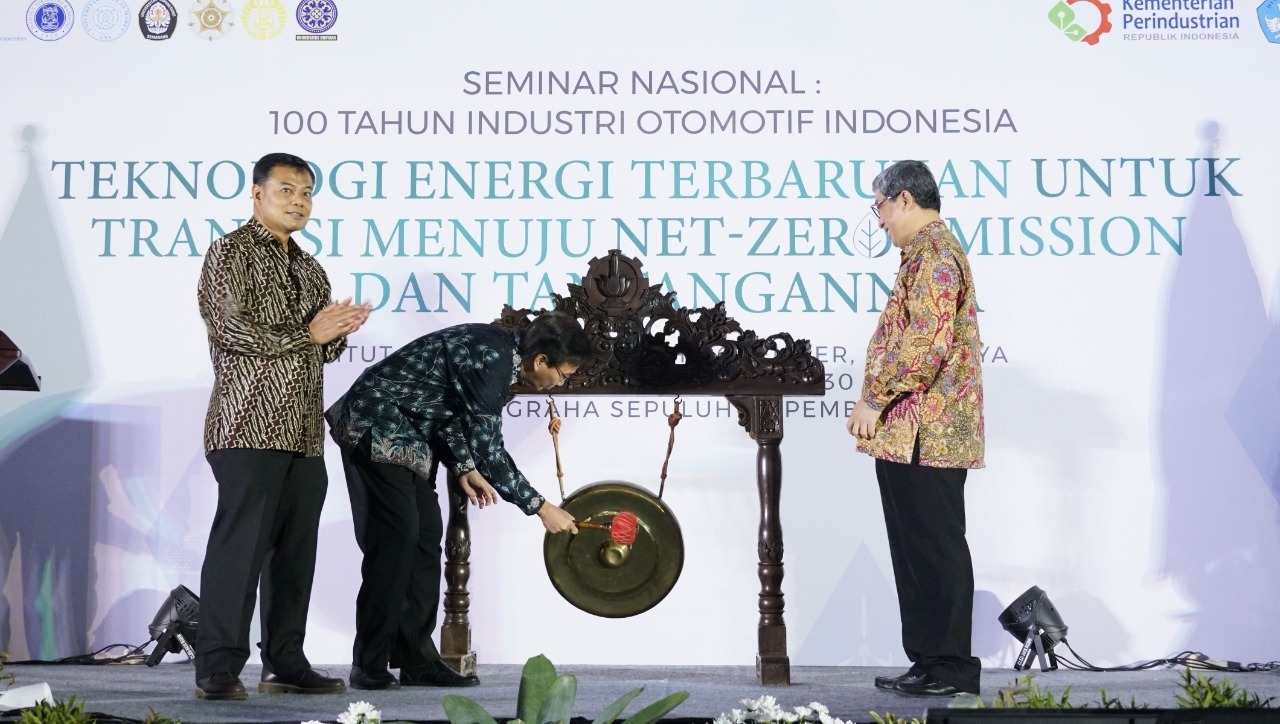
ITS Held a Discussion with PLN Indonesia about Renewable Energy
Starting his speech with the history of the industrial revolution, ITS Chancellor Prof. Dr. Ir Mochamad Ashari MEng IPU AEng, said the imbalance in carbon production has become a global problem. Indonesia has planned to play a role in reducing the amount of carbon to a neutral status by 2060. Ashari stated ITS became the center for the birth of NRE technology research, especially in the automotive sector. Through this seminar, Ashari hopes that the collaboration between ITS and Toyota, which has been going on since 2014, will lead to a plan to run a vehicle engineering conversion program from fuel oil to electricity.

ITS collaborates with BUMN to develop Fuel Cell as Renewable Energy
ITS together with PT INKA and PT Pertamina, is currently working on developing fuel cell technology as renewable energy for use in trains in Indonesia. The goal of this research is to enhance the performance of fuel cells, slow down material degradation, and improve their lifespan.
ITS and Toyota Campaign for the Integration of Carbon Emission-Free Technology
The ITS and Toyota campaign focuses on preparing for a carbon-neutral era through the use of renewable energy technology. This collaboration aims to develop a concrete plan for implementing a vehicle conversion program from fossil fuels to electric power. The seminar also highlights the role of the automotive industry in the transition towards renewable energy sources, leading to carbon neutrality in Indonesia.
Fulfilling Vegetable Needs, Abmas ITS Designs Photovoltaic-Based Greenhouse
The Community Service Team (Abmas) from the Sepuluh Nopember Institute of Technology (ITS) has designed an innovative greenhouse based on photovoltaic technology and integrated with a water pump system. This greenhouse aims to enhance environmentally friendly food production, particularly addressing the vegetable needs on Bawean Island, Gresik Regency.
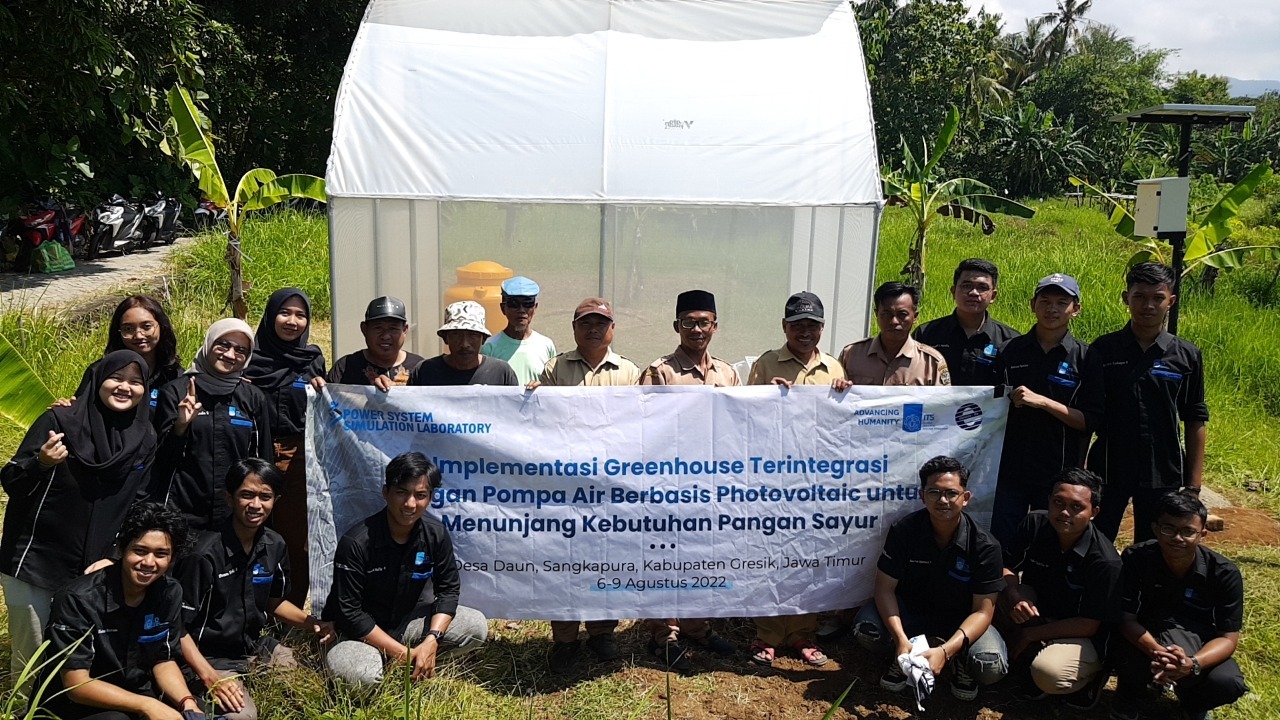
ITS Initiatives in Advancing Clean Energy and Energy-Efficient Technology Policies
In its commitment to assisting the government, the Institut Teknologi Sepuluh Nopember (ITS) has organized various events and entered into agreements with external parties to enhance clean energy and energy-efficient technology policies.
ITS program in reducing Greenhouse Gas Emissions
Institut Teknologi Sepuluh Nopember (ITS) has initiated a program aimed at reducing greenhouse gas emissions. This program reflects ITS commitment to supporting a low-carbon economy and embracing sustainable technologies. By actively addressing environmental concerns, ITS seeks to contribute to the global effort in mitigating climate change and fostering a more sustainable future. Through innovative solutions and technology advancements, we aspire to create a positive impact on our community and beyond, aligning with the principles of a low-carbon economy.
Bionersia, Startup Biogas Overcomes Carbon Emissions Initiated by ITS Alumni
Carbon emissions in Indonesia are increasing by 20% annually. This is the cause of reduced oxygen levels in the air. Responding to this problem, Bio Energi Indonesia (Bionersia), which is a startup alumni of the Sepuluh Nopember Institute of Technology (ITS), is here as a solution to take advantage of these carbon emissions.
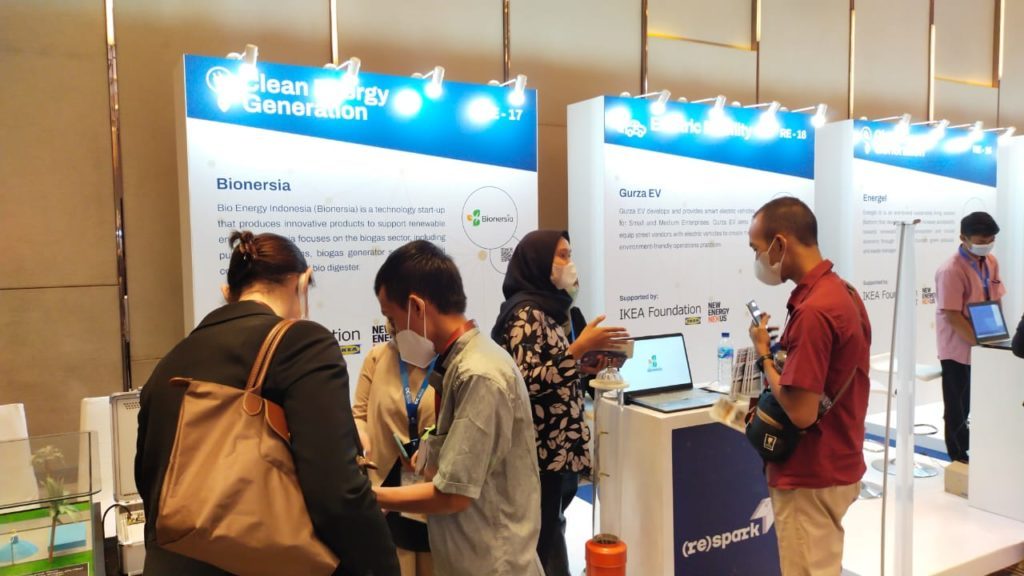
SDG 7 IN NUMBERS
42,513.91 GJ
Total Energy Consumption
528,225 m2
University Floor Space
0,08 GJ/m2
Total Energy Consumption per sqm
